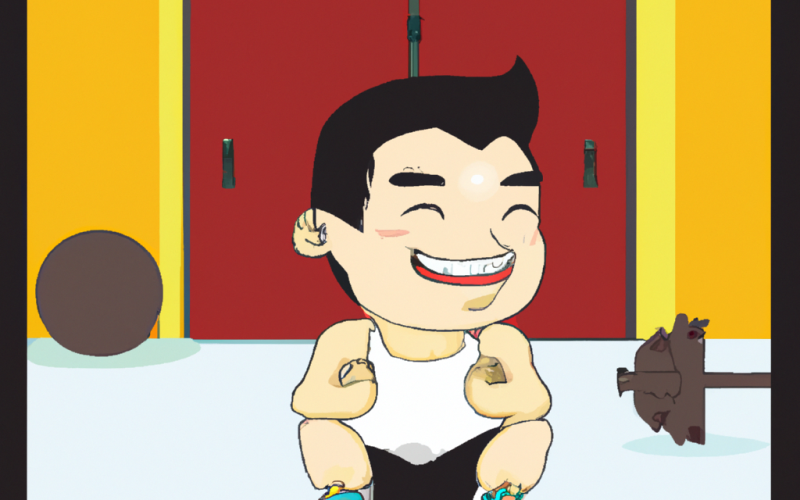When the term “big glute” or “big glutes” arises in conversations, it often carries with it various implications, associations, and interpretations. This article will delve into understanding what it means to have “big glutes” from multiple perspectives, including anatomy, fitness, and cultural aspects.
Anatomical Perspective
The gluteal region, more commonly referred to as the buttocks, is composed of three primary muscles: gluteus maximus, gluteus medius, and gluteus minimus.
Gluteus Maximus
This is the largest muscle in the human body and plays a crucial role in hip extension, outward rotation, and abduction. A well-developed gluteus maximus can contribute significantly to the overall appearance of “big glutes.”
Gluteus Medius and Minimus
These muscles are responsible for hip abduction and stabilizing the pelvis. While they might not contribute as prominently to the size as the gluteus maximus, their development ensures a rounded and toned appearance of the buttocks.
Fitness and Health Implications
Within the fitness community, “big glutes” are often associated with strength, endurance, and overall physical well-being.
Indicator of Strength
Strong glutes are vital for various athletic movements, from sprinting to lifting. Those with well-developed glutes often showcase enhanced performance in activities requiring power generation from the lower body.
Posture and Back Health
Well-developed glutes can also contribute to improved posture and reduced back pain. The glutes play a role in maintaining the natural curve of the lumbar spine and help prevent excessive anterior pelvic tilt.
Cultural and Societal Implications
The perception of “big glutes” varies across cultures and societies, with differing beauty standards and associations.
Beauty Standards
In many modern societies, especially with the rise of fitness influencers and celebrities emphasizing a curvier figure, having “big glutes” is often seen as desirable. This trend, however, can shift and has shifted over the years, reflecting changing beauty ideals.
Health Perceptions
In some cultures, having a more substantial gluteal region is associated with good health, fertility, or prosperity. Conversely, in others, it might be viewed as a sign of being sedentary or having excessive body fat.
Genetics vs. Environment
While discussing “big glutes,” it’s essential to consider the factors contributing to their size.
Genetic Factors
Genetics can predetermine the natural size and shape of one’s glutes. Some individuals might be genetically predisposed to store more fat in the gluteal region, while others might naturally have more massive gluteal muscles.
Environmental Factors
Lifestyle choices, including diet and exercise, can influence glute size. Strength training, especially exercises targeting the gluteal muscles, can increase their size and definition.
The term “big glutes” is multifaceted, encompassing anatomical, fitness-related, cultural, and individual perceptions. Regardless of societal standards or fitness trends, it’s imperative to prioritize health, well-being, and personal comfort over fitting a specific mold. Understanding the reasons behind one’s body shape and celebrating it is key to fostering self-confidence and body positivity.
